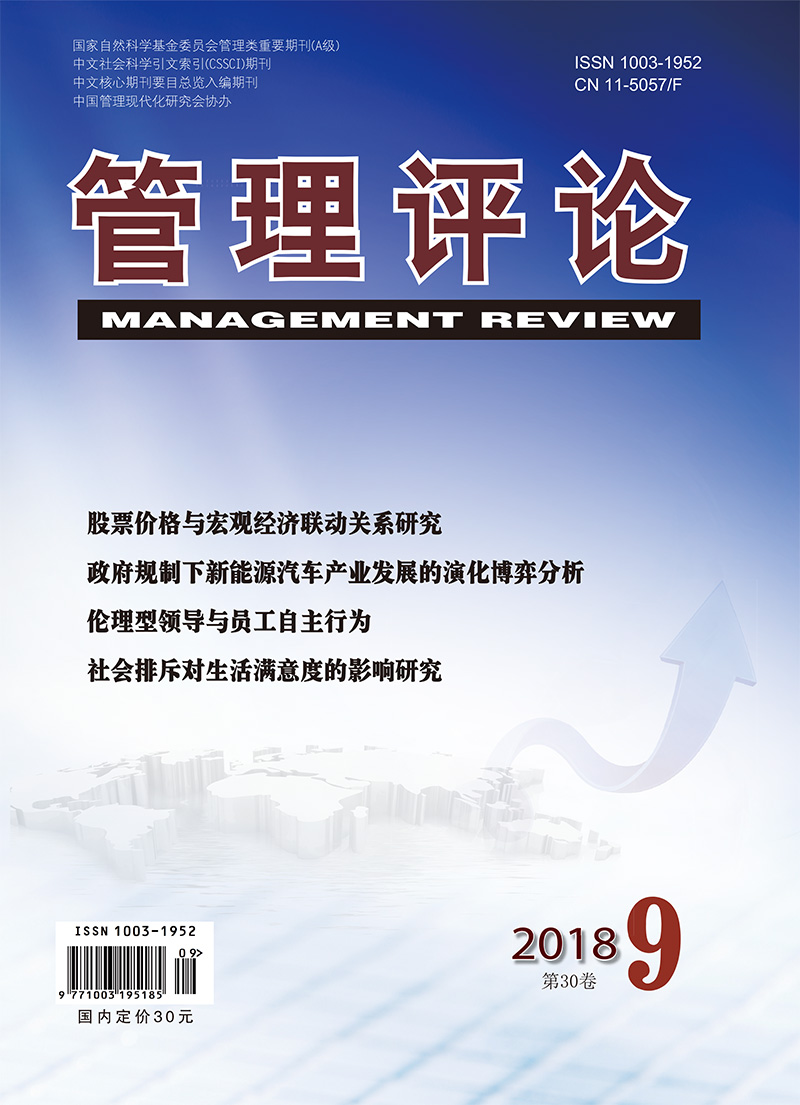Based on value-added decomposition in bilateral exports proposed by WWZ (2013), and using complex network analysis, this paper demonstrates international trade network in manufacturing by DVA, RDV, FVA and PDC networks respectively and analyzes the additivity, correlation, topology, community evolution and other features from 2000 to 2015. Results show that:①During the sample investigated period, China has gradually upgraded to the core of manufacturing GVC network, but still has a big gap with America, Ger-many etc. ②The reciprocity and assortativity are significant in the DVA, RDV, FVA and PDC networks and the whole network can be divided into Asia-Pacific community and Europe community, which have stable structure. ③The evolutionary characteristic of DVA, RDV, FVA, and PDC networks vary, for instance, FVA network is more discrete and PDC network presents obvious "chain" structure. ④QAP analysis shows that factors of traditional gravity model is still able to explain equipment manufacturing GVC network to some ex-tent, but its explanatory power is gradually weakening.

